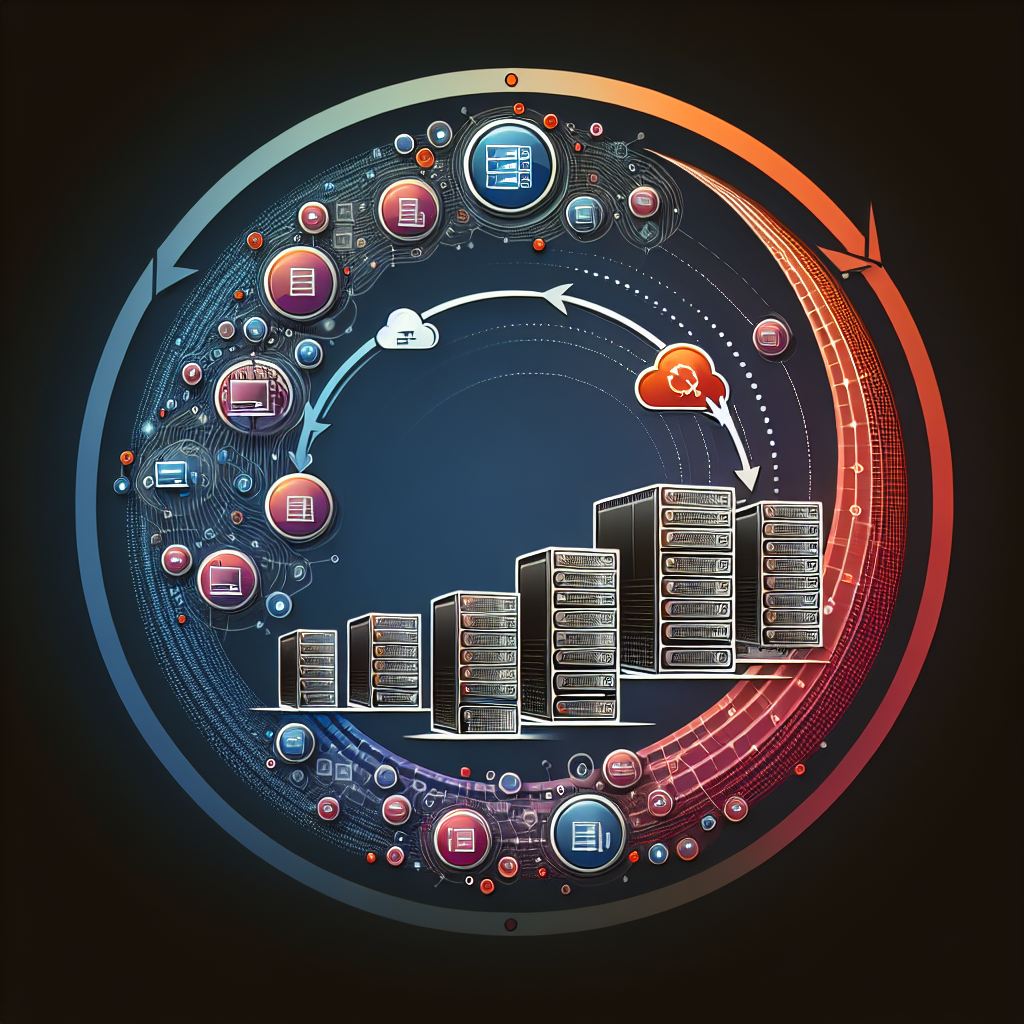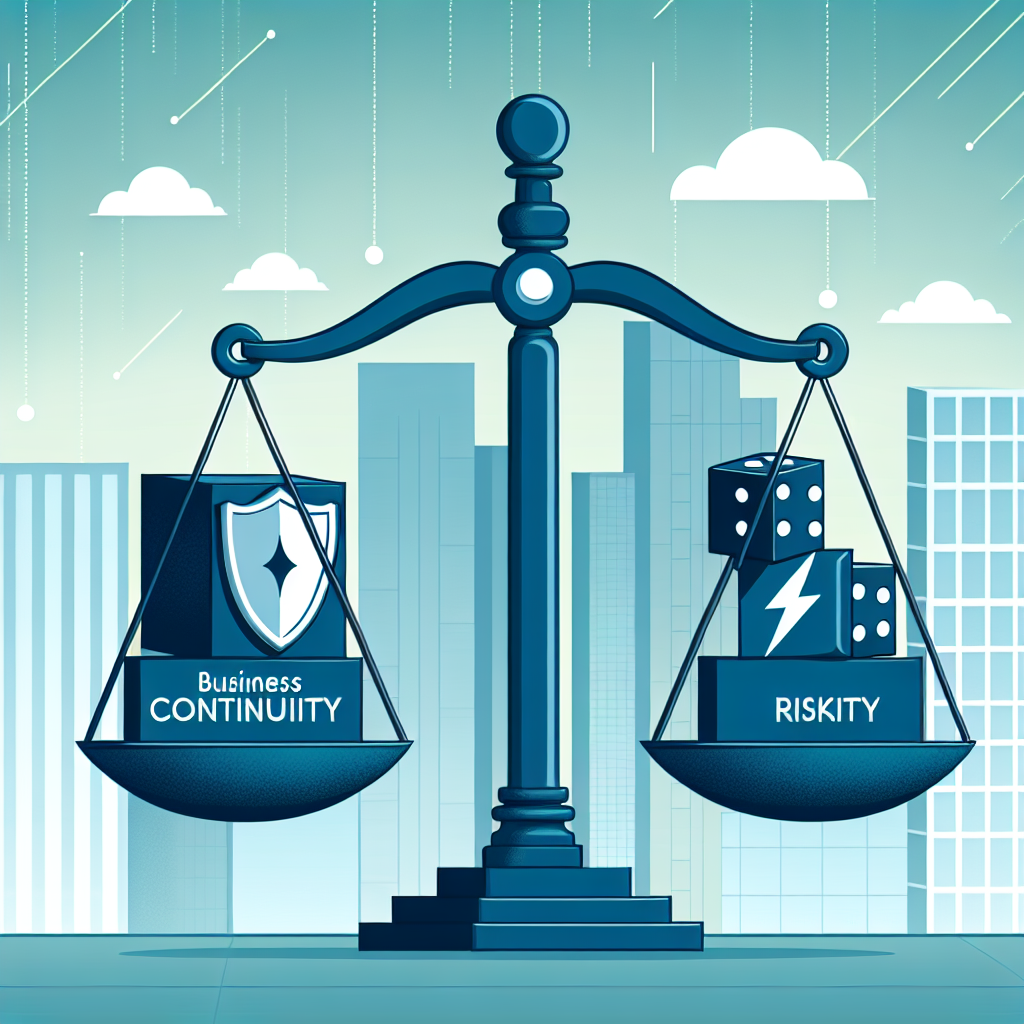Proactive maintenance is a crucial aspect of asset management that can help organizations save time, money, and resources in the long run. By taking a proactive approach to maintenance, businesses can prevent equipment failures, minimize downtime, and extend the lifespan of their assets.
Proactive maintenance involves regularly monitoring and inspecting equipment to identify potential issues before they escalate into major problems. This can include conducting routine inspections, performing preventive maintenance tasks, and implementing predictive maintenance techniques such as vibration analysis and oil analysis.
By staying ahead of potential issues, organizations can avoid costly repairs and unplanned downtime, which can have a significant impact on productivity and profitability. Proactive maintenance also enables businesses to better plan and schedule maintenance activities, reducing the likelihood of equipment failures during critical production periods.
In addition to preventing breakdowns, proactive maintenance can also help businesses optimize the performance of their assets. By regularly maintaining equipment and addressing any issues promptly, organizations can ensure that their assets operate at peak efficiency, leading to improved productivity and output.
Furthermore, proactive maintenance can help businesses comply with regulatory requirements and industry standards, reducing the risk of fines or penalties for non-compliance. By staying on top of maintenance activities and documentation, organizations can demonstrate their commitment to best practices and quality standards.
Overall, proactive maintenance is an essential component of asset management that can help organizations maximize the value of their assets, reduce costs, and improve operational efficiency. By investing in proactive maintenance strategies, businesses can ensure the long-term reliability and performance of their assets, ultimately leading to a more sustainable and successful operation.









